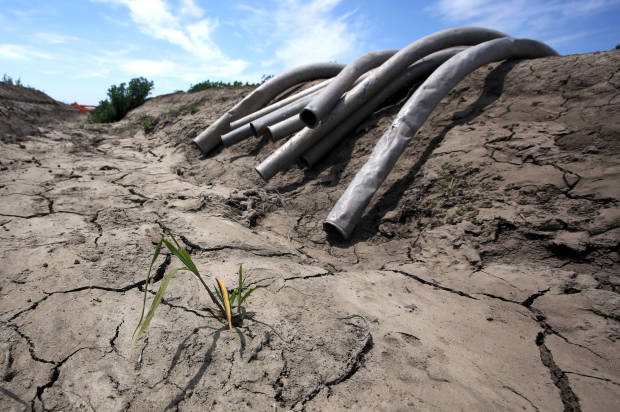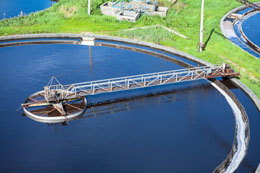Last fall, farmers working the flat land along the Colorado River outside Blythe, California, harvested a lucrative crop of oranges, lettuce and alfalfa from fields irrigated with river water. But that wasn’t their only source of income. They made almost as much per acre from the seemingly dead squares of dry earth abutting those orchards and row crops, fields left barren for the season.

The money crop that the fallowed land produced was one of the West’s most precious commodities: water. Under an experimental trading scheme set up by the Palo Verde Irrigation District in Blythe and the Metropolitan Water District — which supplies municipal water to the Los Angeles area, Orange and San Diego counties, and much of the Inland Empire — the farmers essentially leased millions of gallons of their Colorado River water to California’s coastal cities. Read more





